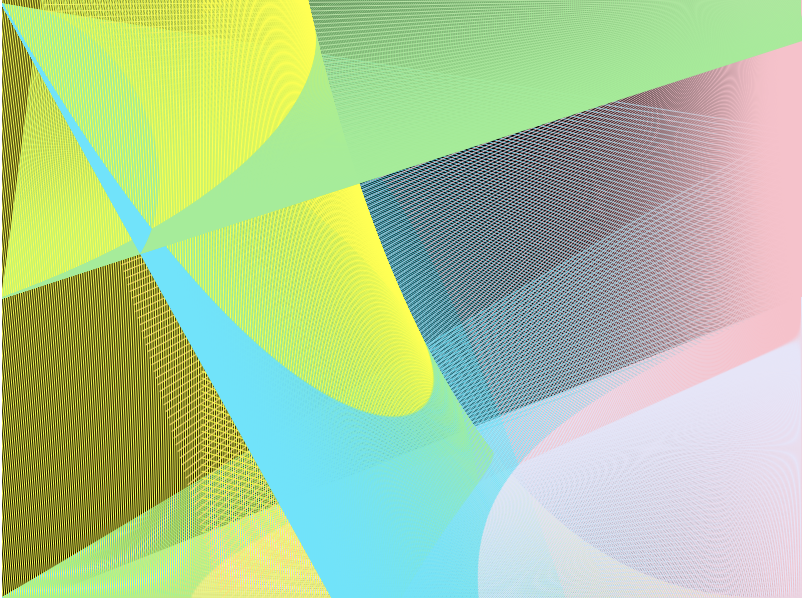This project explores the infinite out of the finite, and is composed of differing, abstract shapes that change shape and form and travel from left to right, panel to panel in a 5×5 grid. The shapes never repeat themselves, and whenever they pass a panel grid line, they change their look and behavior in a larger form. The shapes in each vertical panel are different, but they hold some similarity because their parameters that control their growth are the same. I admire how it resembles a grid lithographic printing, with multiple shapes, textures, and compositions. I feel as though it shows how applicable and universal the options are with 3D computer graphics, even without the use of complex systems. The algorithm that generated this work is a closed loop.
Brian Knep: Drift Grid 1 (2005), 80 in x 80 in
![[OLD SEMESTER] 15-104 • Introduction to Computing for Creative Practice](../../../../wp-content/uploads/2023/09/stop-banner.png)






